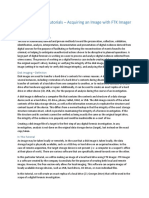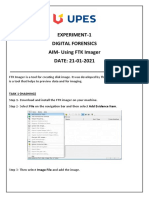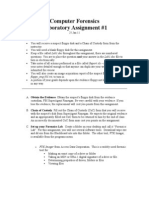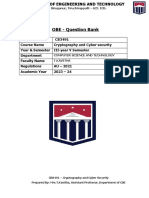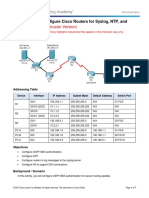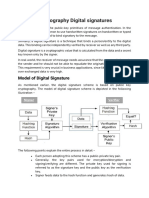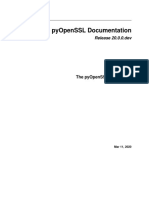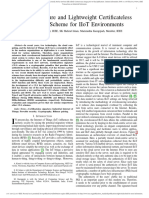0% found this document useful (0 votes)
68 views5 pagesAssignment 2
The document discusses the forensic duplication process and forensic backup procedure. It explains that imaging is the process of taking an exact copy of a storage device like a hard drive. It details how each sector is copied over individually. The document also provides requirements for forensic acquisition software and describes how to create an image of a storage device using FTK Imager.
Uploaded by
aashishCopyright
© © All Rights Reserved
We take content rights seriously. If you suspect this is your content, claim it here.
Available Formats
Download as DOCX, PDF, TXT or read online on Scribd
0% found this document useful (0 votes)
68 views5 pagesAssignment 2
The document discusses the forensic duplication process and forensic backup procedure. It explains that imaging is the process of taking an exact copy of a storage device like a hard drive. It details how each sector is copied over individually. The document also provides requirements for forensic acquisition software and describes how to create an image of a storage device using FTK Imager.
Uploaded by
aashishCopyright
© © All Rights Reserved
We take content rights seriously. If you suspect this is your content, claim it here.
Available Formats
Download as DOCX, PDF, TXT or read online on Scribd
/ 5






